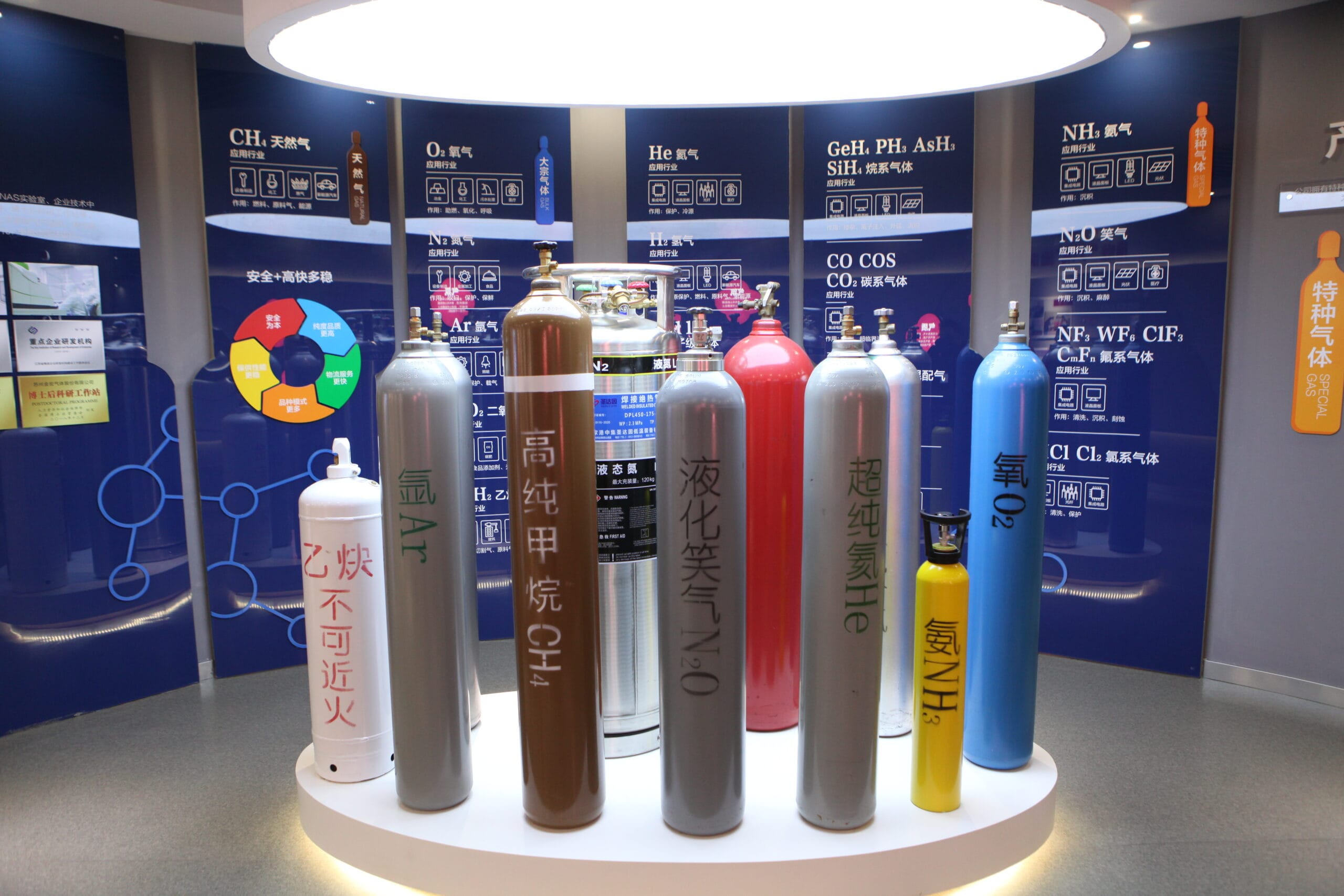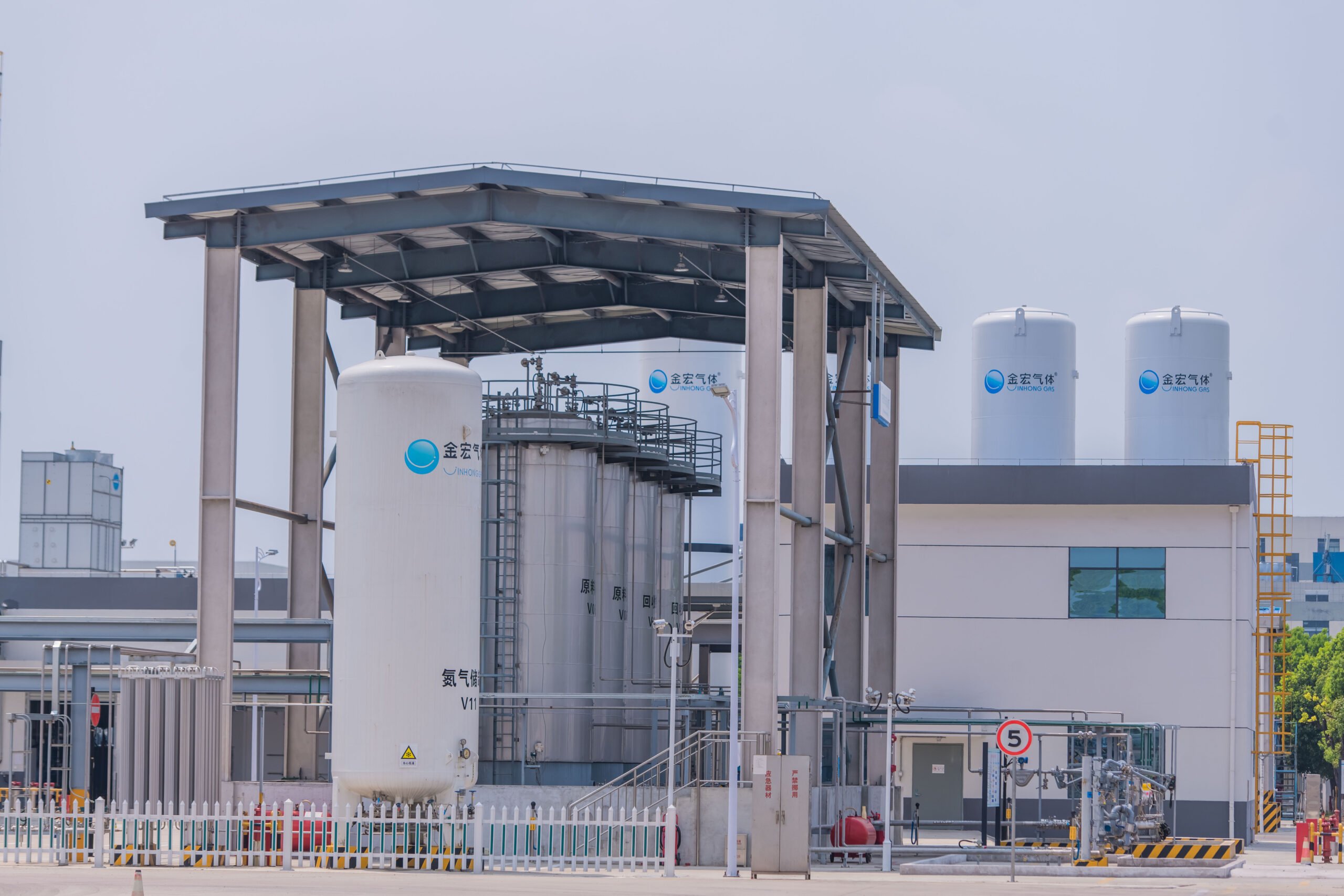Introduction to Acetylene Price
Acetylene is a widely used fuel gas in industries like welding, cutting, and brazing. Its affordability and effectiveness make it a go-to gas for many businesses and professionals. However, acetylene price can fluctuate based on various factors, making it essential to understand the components that influence the cost. Whether you are purchasing acetylene for a small project or running a business that requires large quantities of acetylene gas, knowing how to manage and reduce acetylene price can make a significant difference to your budget.
In this article, we’ll explore the factors that determine acetylene price, average costs, and the best strategies to save on acetylene gas.
Factors Influencing Acetylene Price
The price of acetylene gas is not fixed and is influenced by several key factors. Being aware of these factors can help you make better purchasing decisions and potentially reduce your costs.
1. Tank Size
One of the most significant factors that influence acetylene price is the size of the tank. Smaller acetylene tanks (20-40 cubic feet) are generally less expensive than larger industrial tanks (150-300 cubic feet). However, the per-cubic-foot cost for larger tanks is often lower, making them more economical for frequent use. When deciding on the size of your tank, consider how much acetylene you’ll need and whether you’re better off purchasing a larger cylinder for bulk savings.
2. Refill or New Tank
Refilling an acetylene tank is usually cheaper than buying a new one. When you buy a new tank, you often pay for the gas, tank deposit, and sometimes a rental fee. On the other hand, refilling an existing tank only costs the price of the acetylene gas itself, making it more cost-effective. If you already have a tank, refilling it as needed will help you save money.
3. Location
Acetylene price varies by geographic location. In cities with more competition among suppliers, acetylene gas may be cheaper. However, in rural or remote areas, prices can be higher due to delivery charges, transportation costs, and less frequent delivery options. Be sure to shop around for suppliers in your area and compare prices, as even a small difference can add up over time.
4. Acetylene GascPurity
The purity of the acetylene gas you purchase will affect the price. Higher purity acetylene is used in specialized applications that require a cleaner and more stable gas, such as certain welding processes. If your needs are more general, you may be able to purchase lower-purity acetylene, which will typically be more affordable.
5. Supply and Demand
As with any commodity, acetylene price can be influenced by supply and demand. Fluctuations in supply chains, production issues, or increased demand in certain seasons (e.g., during peak construction or manufacturing periods) can drive up acetylene prices. Similarly, natural gas price hikes or disruptions in the production of raw materials used to make acetylene gas can result in higher prices.
6. Supplier and Service Offerings
Different suppliers have varying price points based on their business models, distribution networks, and service offerings. National suppliers might offer fixed rates, while local suppliers might provide more competitive pricing, especially if you are buying in bulk or entering into a long-term contract. Some suppliers may also offer additional services, such as gas delivery or equipment rentals, which could affect the overall cost of acetylene.
Average Acetylene Price
The price of acetylene gas can vary depending on your location, supplier, and the size of the cylinder. Here’s an estimate of what you might expect to pay for acetylene refills based on the tank size:
- Small Tanks (20-40 cubic feet): $30 – $60 per refill
- Medium Tanks (60-120 cubic feet): $50 – $90 per refill
- Large Tanks (150-300 cubic feet): $70 – $150 per refill
Keep in mind that these prices can fluctuate due to the factors discussed earlier. For instance, prices may be higher in remote locations due to delivery fees or seasonal demand.
How to Save on Acetylene Price
While acetylene gas is a necessary expense for many industries, there are strategies you can use to minimize costs and manage your acetylene price more effectively. Here are a few tips to help you save:
1. Buy in Bulk
Buying acetylene in bulk can significantly reduce your per-unit cost. Larger cylinders typically have lower per-cubic-foot prices, making them more economical for businesses that use acetylene regularly. Additionally, some suppliers offer discounts for bulk purchases or long-term contracts. If you anticipate using a lot of acetylene, investing in a larger tank and refilling it regularly can save you money in the long run.
2. Shop Around for Competitive Pricing
Not all acetylene suppliers charge the same prices. It’s a good idea to compare prices from different suppliers to find the best deal. Larger suppliers may offer fixed prices, while smaller local suppliers might offer competitive rates or flexibility in pricing. Take time to check reviews and ask for quotes from multiple suppliers before making a decision.
3. Refill Tanks Instead of Buying New Ones
If you already have an acetylene tank, refilling it is typically cheaper than purchasing a new one. New tanks often involve extra charges, including rental and deposit fees, which can add up quickly. Stick to refilling your existing tanks whenever possible to save money.
4. Use Gas Efficiently
Maximizing the efficiency of your acetylene usage can help you reduce overall consumption and lower costs. Ensure that your welding equipment is properly calibrated and maintained to avoid wastage. Use the appropriate flame settings for your tasks, and turn off the gas supply when not in use.
5. Take Advantage of Package Deals
Some suppliers offer package deals that include both acetylene gas and necessary equipment, such as regulators and hoses. These packages may offer a better value than buying each item separately. Check with your local suppliers to see if they offer any bundled deals that can help reduce overall costs.
Frequently Asked Questions (FAQs)
1. What is the average cost of acetylene gas?
The cost of acetylene gas typically ranges from $30 to $150 per refill, depending on the tank size and location.
2. How can I reduce acetylene gas costs?
You can reduce acetylene costs by purchasing in bulk, refilling existing tanks, using the gas efficiently, and shopping around for competitive pricing.
3. Can I buy acetylene gas online?
Yes, some suppliers offer acetylene gas online. However, delivery restrictions and safety regulations may apply, so it’s important to ensure that the supplier meets all necessary requirements.
4. Why does acetylene price vary by location?
Acetylene price varies by location due to factors such as transportation costs, supply availability, and regional competition between suppliers.
5. How often should I refill my acetylene tank?
The frequency of refills depends on your usage. Small tanks may need to be refilled every few days, while larger tanks could last for weeks or even months, depending on the amount of gas consumed.
Conclusion
Acetylene price is influenced by multiple factors, including tank size, location, supplier, and market conditions. By understanding these factors and employing smart purchasing strategies, you can better manage acetylene costs and ensure you’re getting the best value for your money. Whether you’re running a large-scale industrial operation or simply using acetylene for small DIY projects, the tips outlined above will help you save on gas without compromising on quality.



